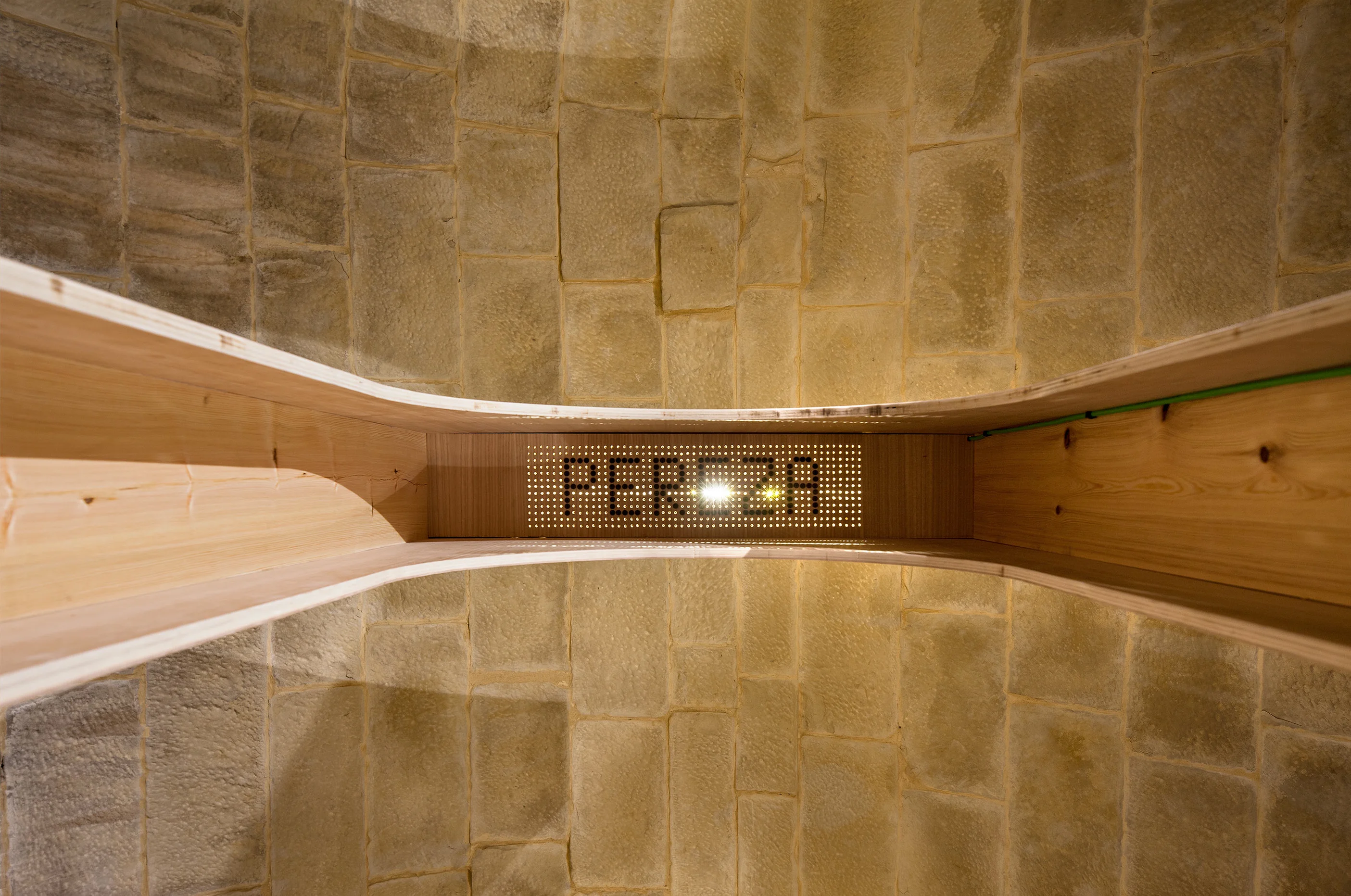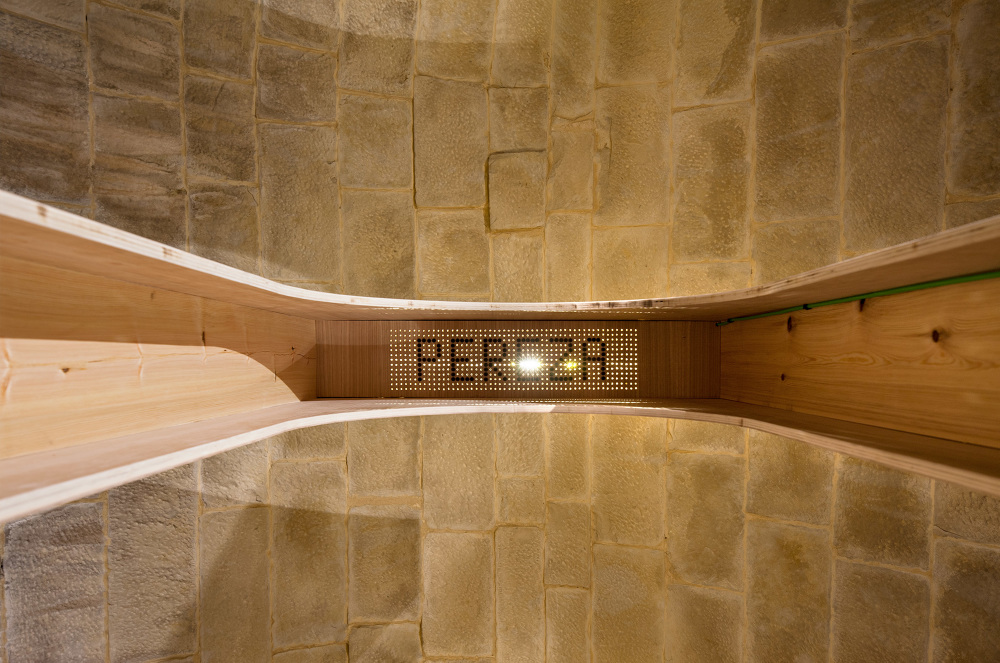Calado de San Gregorio
Calado de San Gregorio
Concéntrico 03
En clave de Esdir (Violeta Arellano, Nerea Simón Baile, María Ruiz Jadraque, Óscar Rubio)
The key to the intervention is to look up the meaning of the Calado de San Gregorio. So, let’s take a look at:
Calado
From calar2.
1. m. Work that one does with a needle in fabric or cloth, pulling out and combining threads, thereby imitating lace.
2. m. In knitting, an embellishment that one creates by increasing or decreasing points so holes are arranged in a certain shape.
3. m. Work that consists of drilling paper, cloth, wood, metal, or some other material by fastening them to a drawing.
4. m. The importance of something: Una operación de gran calado (“A tremendously important operation”).
5. m. Oceanic. The depth to in the water reached by the submerged part of a ship.
6. m. Oceanic. The height that the surface of the water reaches from the bottom.
7. m. pl. Laces or braids with which women adorn their jerkins, from the shoulder down to the lowest point of the waist.
And let’s also look at:
San Gregorio
Pope Gregory I, whose papacy lasted from 590 to 604. Pope Gregory developed the doctrine of Purgatory in 593, shortly after assuming the Throne of Saint Peter, and in the year 600 ordered the collection of the written chants and primitive Christian hymns (also known as Antiphons, Psalms and Hymns); these liturgies of worship were celebrated in the ancient Catacombs of Rome and contributed to the evolution of Gregorian Chant, which, in honour of Pope Gregory, were named the Gregorian Antiphonary.
From these two starting points, in terms of Esdir, the decision was made to Calar el Calado,” it sees through architecture in a way that is analogous to the Calado; it sees through communication with light in an ornamental fashion, and it sees through the Calado by setting the scene, while also symbolically seeing through textiles. It achieves all of this so that the visitor may have a certain transitory experience, as Gregorian doctrine gathered on the issue of purgatory.
Calar, calar, calar, that is the question.












